Mastering Exponential Growth And Decay: A Comprehensive Guide

Exponential Growth:
- \(A(t)\) is the quantity at time \(t\).
- \(A_0\) is the initial quantity at \(t = 0\).
- \(r\) is the growth rate, often expressed as a decimal.
- \(e\) is the base of the natural logarithm, approximately equal to \(2.71828\). The growth rate \(r\) determines how quickly the quantity increases. If \(r > 0\), the quantity is growing, and if \(r < 0\), it’s decaying. Key characteristics of exponential growth:
- Rapid increase over time, especially as \(t\) becomes large.
- The growth rate remains constant.
- There is no upper limit to the growth unless constrained by external factors. Examples of exponential growth include population growth (in idealized conditions), compound interest on investments, and the spread of infectious diseases in a susceptible population.
Exponential Decay:
- Rapid initial decrease followed by a slower decline.
- The decay rate \((-r)\) remains constant.
- There is no lower limit to the decay unless constrained by external factors. Examples of exponential decay include the decay of radioactive isotopes and the decrease in the number of bacteria after the introduction of antibiotics.
Half-Life:
The concept of half-life is closely related to exponential decay. The half-life \((t_{\text{1/2}})\) is the time it takes for half of the initial quantity to decay. It can be calculated using the exponential decay formula:
\(t_{\text{1/2}} = \frac{\ln(2)}{r},\)
where \(\ln(2)\) is the natural logarithm of \(2\), and \(r\) is the decay rate.
Half-life is a useful parameter in fields like nuclear physics (for radioactive decay) and pharmacology (for drug elimination from the body).
Graphical Representation:
When you graph exponential growth and decay, you’ll notice distinctive curves:
- Exponential growth results in an upward-sloping curve that becomes steeper as time progresses.
- Exponential decay results in a downward-sloping curve that becomes less steep as time progresses. The shape of these curves is determined by the growth or decay rate \((r)\).
Related to This Article
More math articles
- The Ultimate Keystone Algebra 1 Course (+FREE Worksheets)
- Top 10 7th Grade FSA Math Practice Questions
- Estimating Differences
- Can Dice Models Compete with Lightning-Fast Layer 2 Systems?
- What Skills Do I Need for the ACT Math Test?
- Top 10 ATI TEAS 7 Prep Books (Our 2023 Favorite Picks)
- Top 10 Tips You MUST Know to Retake the CBEST Math
- 6th Grade Math Worksheets: FREE & Printable
- How to Understand and Master Polygons and Angles
- 5th Grade NYSE Math FREE Sample Practice Questions








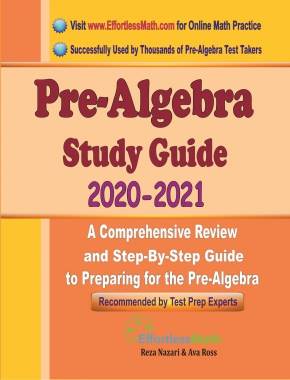

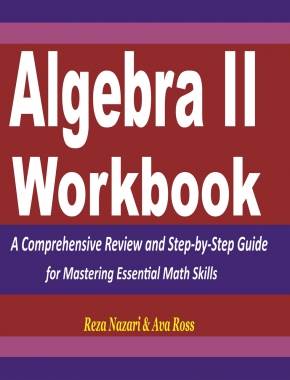



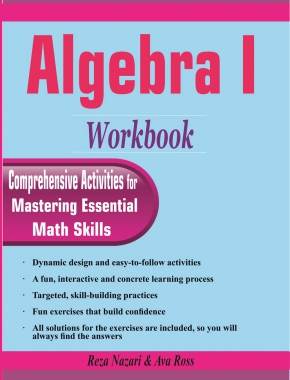
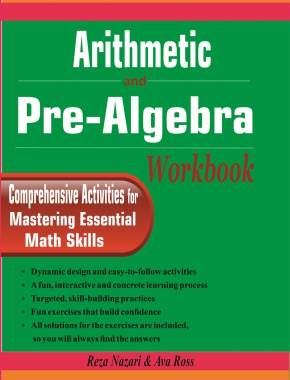
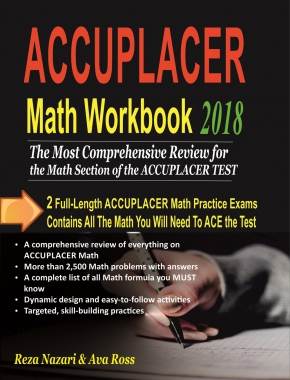
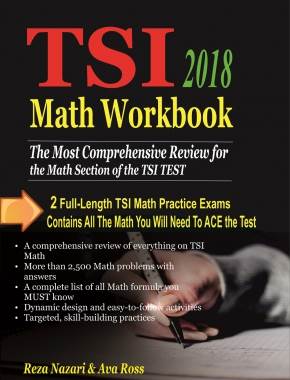
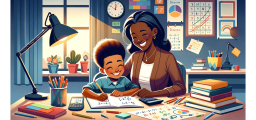









What people say about "Mastering Exponential Growth And Decay: A Comprehensive Guide - Effortless Math: We Help Students Learn to LOVE Mathematics"?
No one replied yet.